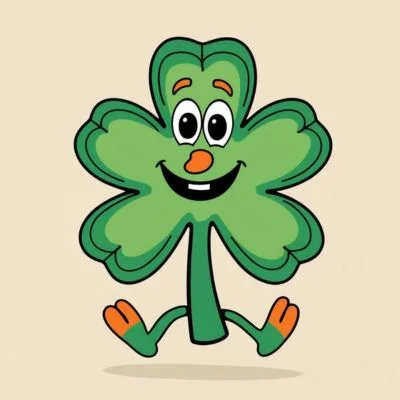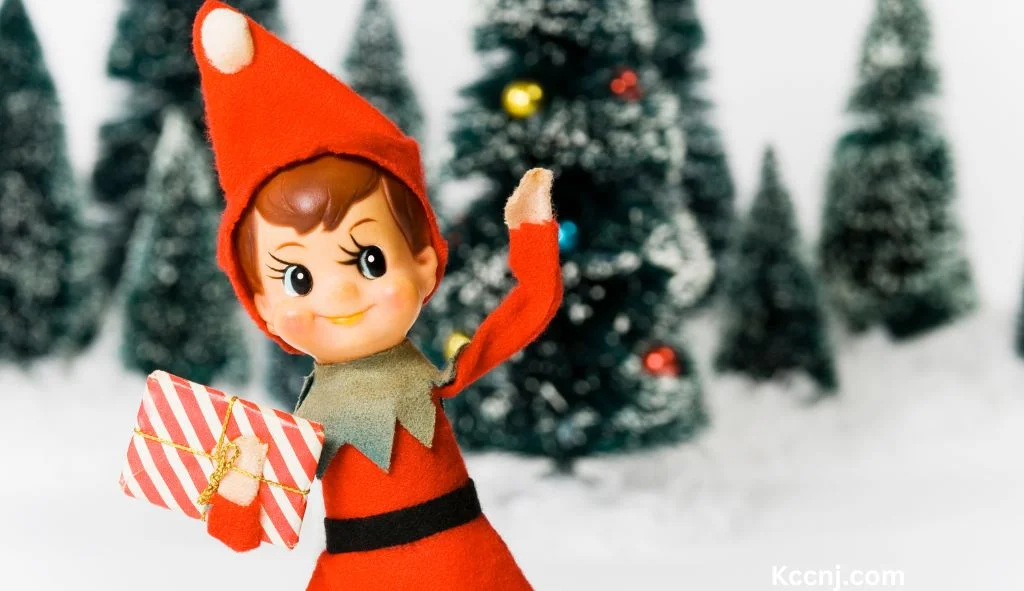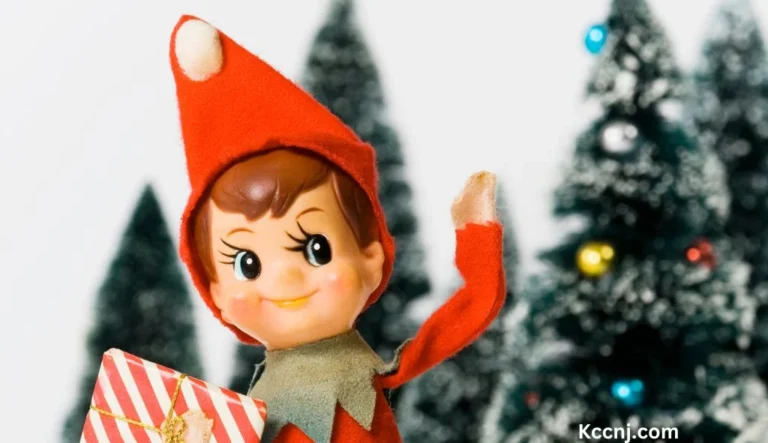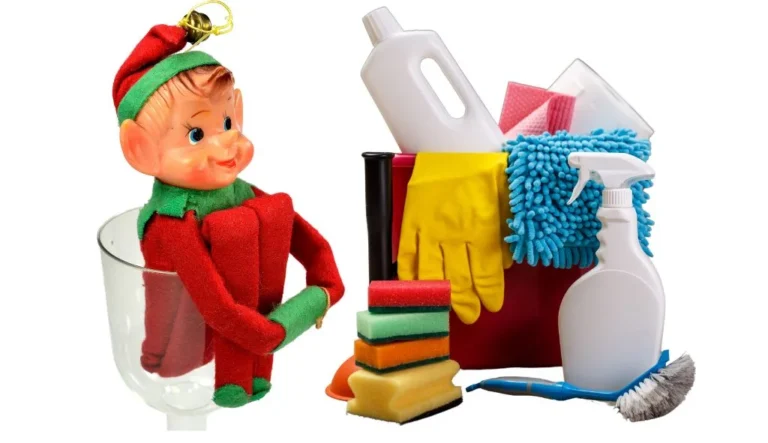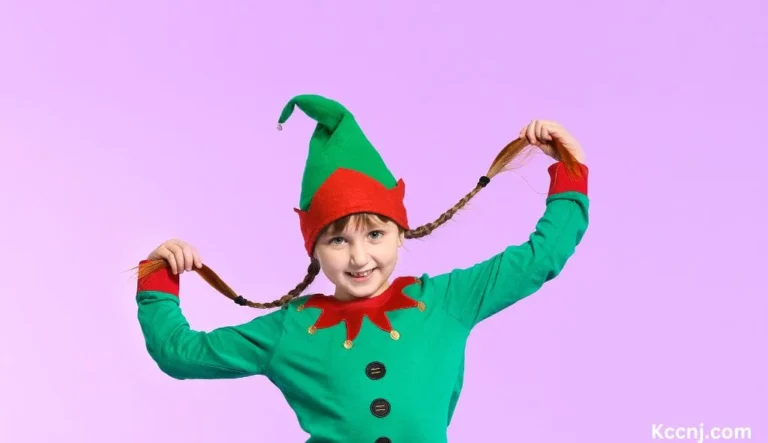What’s the Point of Elf?
As a pastor and a parent, I often get asked about holiday traditions and their significance. One question that comes up frequently, especially among families with young children, is: “What’s the point of Elf?” Simply put, Elf is a fun Christmas tradition that aims to encourage good behavior in children and add some extra magic to the holiday season.
My Personal Experience with Elf
Before we dive deeper into the topic, I want to share a little about my own experience with this tradition. When my children were younger, we decided to introduce the Elf to our home. I remember the excitement in their eyes when they first discovered our elf, whom they named “Jingle.” It quickly became a cherished part of our family’s Christmas celebrations.
What Exactly is Elf?
For those who might not be familiar with this relatively new tradition, let me explain:
- Elf is a Christmas tradition based on a 2005 children’s book by Carol Aebersold and Chanda Bell.
- The book comes with a small scout elf figurine.
- According to the story, the elf is sent by Santa Claus to watch over children’s behavior during the day.
- Each night, the elf supposedly flies back to the North Pole to report to Santa.
- When the elf returns, it appears in a different spot in the house.
The Origins of Elf
To understand the point of this tradition, it’s helpful to know where it came from:
- Family tradition: The concept began as a family tradition for the authors.
- Book publication: In 2005, they turned their tradition into a children’s book.
- Rapid popularity: The idea quickly caught on, becoming a widespread phenomenon.
- Cultural impact: It has since become a significant part of many families’ Christmas celebrations.
The Main Purpose of Elf
Now, let’s address the main question: What’s the point of all this? There are several reasons why families choose to participate in this tradition:
1. Encouraging Good Behavior
One of the primary purposes of Elf is to motivate children to behave well during the holiday season. Here’s how it works:
- The elf watches children’s behavior during the day.
- It reports back to Santa each night.
- This encourages children to be on their best behavior.
- It serves as a gentle reminder to make good choices.
As a pastor, I see value in encouraging good behavior, but I also believe it’s important to teach children to do the right thing because it’s inherently good, not just because someone is watching.
2. Adding Magic to the Holiday Season
Another significant point of Elf is to enhance the wonder and excitement of Christmas:
- The elf’s nightly “adventures” create a sense of magic.
- Children eagerly search for the elf each morning.
- It adds an element of surprise and delight to the holiday season.
- This can help build anticipation for Christmas Day.
In my experience, this aspect of the tradition can bring a lot of joy to families. It’s a way to create special memories and moments of shared excitement.
3. Fostering Creativity
For parents, Elf can be an opportunity to exercise creativity:
- Coming up with new elf scenarios each night can be fun.
- It encourages parents to think outside the box.
- Some families create elaborate scenes or funny situations.
- This can be a way for parents to express love through effort and imagination.
I’ve seen how this aspect of the tradition can bring out the playful side in parents, which can be refreshing during the often-stressful holiday season.
4. Creating Family Traditions
Elf can become a cherished family tradition:
- It’s something the whole family can participate in.
- It creates shared experiences and memories.
- The tradition can evolve as children grow older.
- It can be passed down to future generations.
As a pastor, I value traditions that bring families together and create lasting memories. Elf, when approached thoughtfully, can be one such tradition.
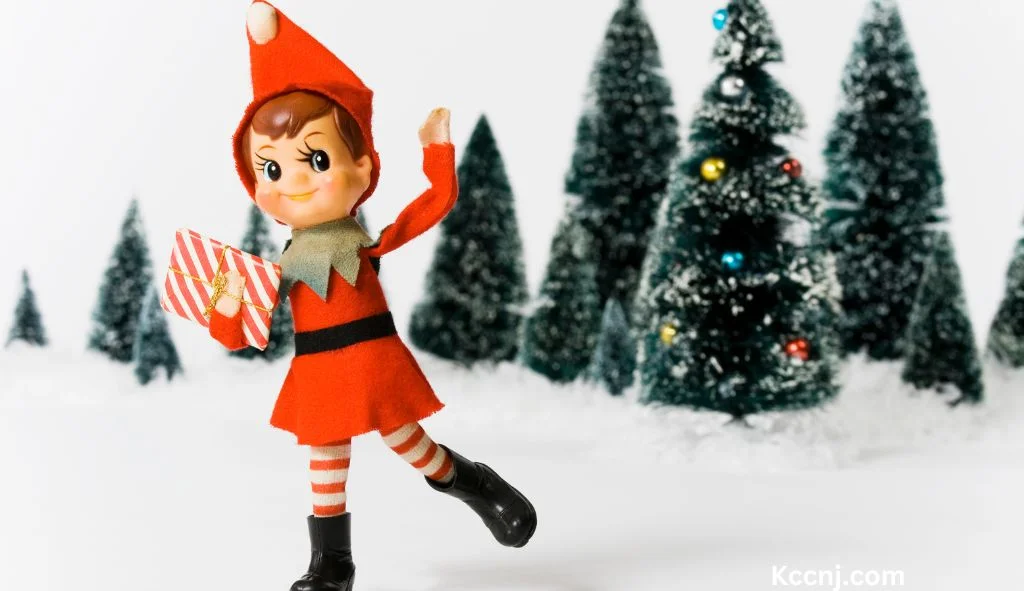
Potential Drawbacks and Considerations
While Elf can be a fun tradition, it’s important to consider some potential drawbacks:
- Pressure on parents:
- Daily elf movements can become a chore.
- It might add stress during an already busy season.
- Some parents feel pressure to create elaborate scenarios.
- Materialistic focus:
- The tradition is linked to a commercial product.
- It might contribute to the commercialization of Christmas.
- Behavior motivation:
- It might emphasize external motivation over internal values.
- Some worry it promotes a “surveillance state” mentality.
- Inclusivity concerns:
- Not all families can afford the official Elf product.
- It might make some children feel left out.
As a spiritual leader, I encourage families to reflect on these considerations and decide what aligns best with their values and circumstances.
Alternatives to Elf
For those who like the idea but have reservations about Elf, there are alternatives:
- Kindness Elves:
- Focus on doing good deeds rather than behavior monitoring.
- Encourage children to spread kindness during the holiday season.
- Jesus Stocking:
- Emphasizes the religious aspect of Christmas.
- Children place notes of good deeds in the stocking as “gifts” for Jesus.
- Advent Calendars:
- Provides a daily countdown to Christmas.
- Can include activities, Bible verses, or small treats.
- Family Service Projects:
- Focus on giving back to the community.
- Engage in a different act of service each day leading up to Christmas.
These alternatives can capture the spirit of the season while aligning with different values or preferences.
How to Make Elf More Meaningful
If you decide to incorporate Elf into your family traditions, here are some ways to make it more meaningful:
- Focus on positive reinforcement:
- Use the elf to praise good behavior rather than warn against bad behavior.
- Leave notes commending specific kind actions.
- Incorporate acts of kindness:
- Have the elf suggest daily acts of kindness for the family to do together.
- Use it as a tool to teach empathy and generosity.
- Connect it to the true meaning of Christmas:
- Use the elf to tell the story of Jesus’ birth over the course of the season.
- Have the elf “read” Bible verses or leave spiritual messages.
- Make it educational:
- Use the elf to teach about different Christmas traditions around the world.
- Incorporate age-appropriate learning activities into the elf’s antics.
- Involve children in the process:
- As children get older, let them help plan the elf’s adventures.
- Use it as a way to foster creativity and problem-solving skills.
Balancing Fun and Faith During the Holiday Season
As a pastor, I often reflect on how to balance fun holiday traditions with the spiritual significance of Christmas. Here are some thoughts on this:
- Use traditions as teaching tools:
- Explain the symbolism behind different holiday customs.
- Connect secular traditions to spiritual truths when possible.
- Maintain focus on the nativity:
- Keep a nativity scene as a central decoration.
- Read the Christmas story from the Bible regularly.
- Emphasize giving over receiving:
- Encourage children to give to others, not just focus on their own wish lists.
- Participate in charity projects as a family.
- Create moments for reflection:
- Have daily devotions or prayer times during the Advent season.
- Discuss what Christmas means to each family member.
- Embrace joy and celebration:
- Remember that fun and faith can coexist.
- Model finding joy in both the sacred and secular aspects of the season.
Addressing Common Questions About Elf
As I’ve discussed this tradition with families in our church community, several questions often come up. Let me address some of these:
Is Elf against Christian beliefs?
This is a complex question without a simple answer. Here are some points to consider:
- The tradition itself is not inherently religious or anti-religious.
- Some Christians embrace it as harmless fun, while others have concerns.
- Potential issues include:
- Focus on Santa rather than Jesus
- Emphasis on behavior for rewards
- Possible encouragement of belief in magic
Ultimately, it’s a personal decision for each family based on their beliefs and values.
At what age should we start (or stop) Elf?
This varies by family, but here are some general guidelines:
- Starting age: Many families begin when children are 3-5 years old.
- Ending age: Often naturally phases out around 9-11 years old.
- Consider your child’s maturity and interest level.
- Some families continue the tradition even with older children, adapting it as they grow.
How do I explain Elf to my child?
Here’s a simple explanation you could use:
“The Elf is a special helper that Santa sends to our house. He watches during the day to see all the good things you do, and at night he flies back to the North Pole to tell Santa. Each morning, he comes back and hides in a new spot for you to find. It’s a fun game we play to help us remember the magic of Christmas.”
Remember to adjust your explanation based on your child’s age and your family’s approach to the Santa Claus tradition.
Reflecting on the Deeper Meaning of Christmas Traditions
As we consider traditions like Elf, I think it’s valuable to reflect on the broader significance of Christmas traditions in general:
- Community and belonging:
- Traditions create a sense of identity and belonging within families and communities.
- They connect us to our cultural or religious heritage.
- Teaching values:
- Many traditions serve as vehicles for passing on important values to the next generation.
- They can be opportunities to discuss concepts like generosity, kindness, cleanliness (when the elf gets dirty), and faith.
- Creating memories:
- Holiday traditions often form some of our most cherished childhood memories.
- These shared experiences strengthen family bonds.
- Marking time:
- Annual traditions help us pause and reflect on the passing of time.
- They provide a sense of continuity and stability in a changing world.
- Expressing creativity:
- Many traditions allow for personal expression and creativity.
- They can evolve over time to reflect changing family dynamics or preferences.
Conclusion: Finding What Works for Your Family
As we wrap up this discussion on Elf, I want to emphasize that there’s no one-size-fits-all approach to holiday traditions. What matters most is finding practices that:
- Align with your family’s values
- Bring joy and togetherness to your household
- Help you focus on the aspects of the season that are most meaningful to you
Whether you choose to include Elf in your celebrations or not, the most important thing is to create an atmosphere of love, joy, and spiritual reflection during this special time of year.
Remember, the true point of any Christmas tradition should be to draw us closer to the heart of the season: celebrating the birth of Jesus and the hope, peace, and love He brings to the world.
As you navigate your family’s holiday traditions, I encourage you to be intentional, creative, and open to adapting as your children grow. May your Christmas season be filled with wonder, love, and meaningful moments that strengthen your faith and family bonds.
